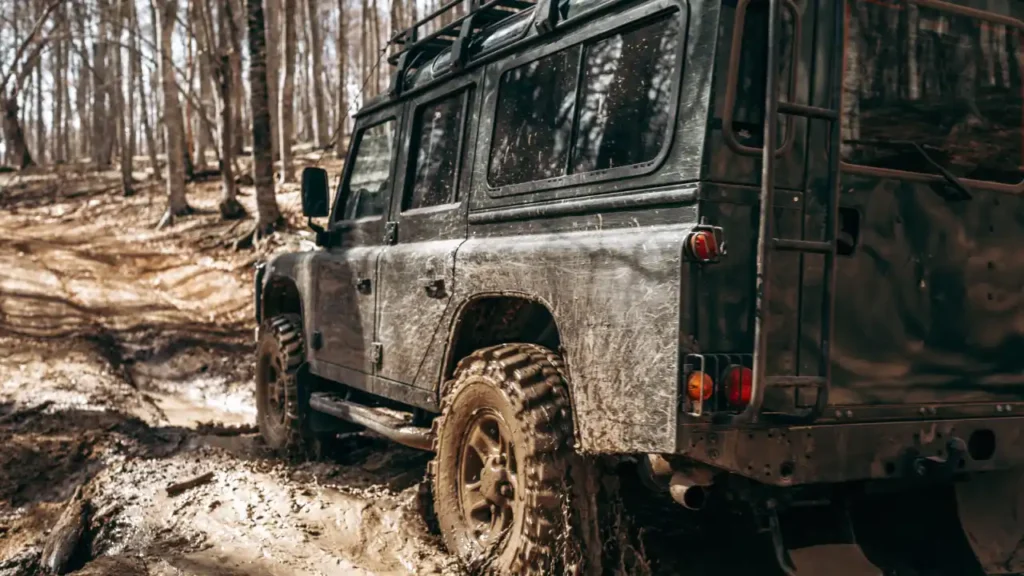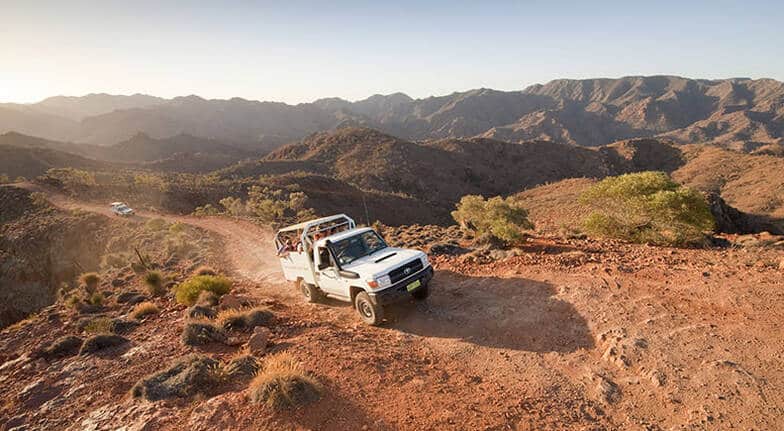
Free monthly entries to ALL giveaways
+1 every month
+5 every month
+10 every month
5%
125
150
350
100
100
50
Cancel membership anytime
Terms apply
apply

Written by
Admin
Published
August 20, 2024
From the red sands of the Outback to the tropical rainforests of Queensland, Australia’s vast and varied landscape is a siren call to off-road enthusiasts. However, tackling the country’s diverse and often harsh climate conditions demands a vehicle that’s not just robust, but also thoughtfully prepared. Here’s how you can adapt your off-road vehicle to navigate Australia’s extreme environments effectively.
Australia’s climate is not one-size-fits-all. It ranges from arid and semi-arid desert climates in the center, to tropical in the north, and temperate along the southern coasts. Each of these zones presents unique challenges including extreme temperatures, torrential rain, and dusty conditions.
For instance, in the tropical zones, the Bureau of Meteorology notes an average of 2,000mm of rainfall during the wet season, while in arid areas, temperatures can soar above 50°C. These statistics underscore the need to prepare for dramatic changes not just between locations, but also within a single journey.
Traversing Australia’s interior deserts calls for cooling systems that can handle the heat. An upgraded radiator, high-flow water pump, and oil cooler can prevent engine overheating. High-performance air filters and pre-cleaner systems help eliminate the threat of abrasive dust. According to a 2020 trend, off-roaders have increasingly opted for snorkels, which not only aid in water crossings but also raise the air intake to draw in cleaner, cooler air.
In tropical areas, humidity and rainfall mean you have to protect your vehicle against water damage and rust. A snorkel becomes imperative for deep water crossings, and differential breathers should be extended to prevent water ingress during sudden submersions. Anti-corrosion treatments and waterproofing of critical electrical components are rising in their application, ensuring long-term vehicle durability.
The coastal regions may seem moderate, but they pose a corrosion risk from salt air, and the terrain can be deceptively challenging. Four-wheel drive owners are increasingly investing in corrosion-resistant accessories and protective underbody coatings.
In conclusion, prepping your off-road vehicle is a dynamic process, key to exploring Australia’s exquisite but extreme landscapes safely and enjoyably. With careful consideration of the specific climate challenges and smart adaptations, off-roaders can relish the rugged beauty Australia has to offer.
Whether you’re hitting the arid Red Centre, ploughing through rainforest trails, or scaling coastal dunes, tailor your vehicle to meet the climate, keep abreast of the evolving trends in off-road technology, and always prepare for the unexpected. By doing so, you steer towards an unparalleled Australian adventure – one that only the truly equipped can fully embrace.